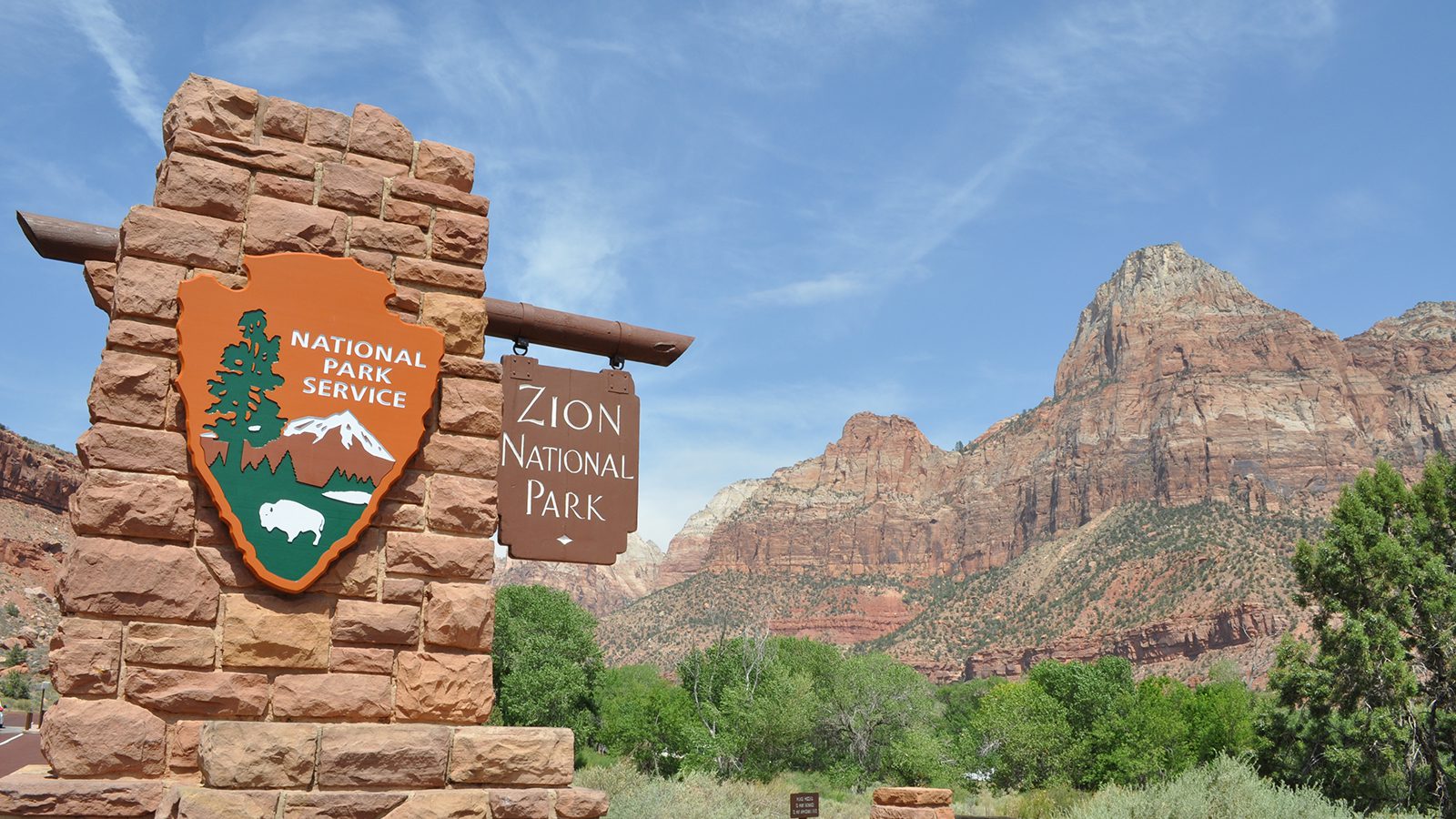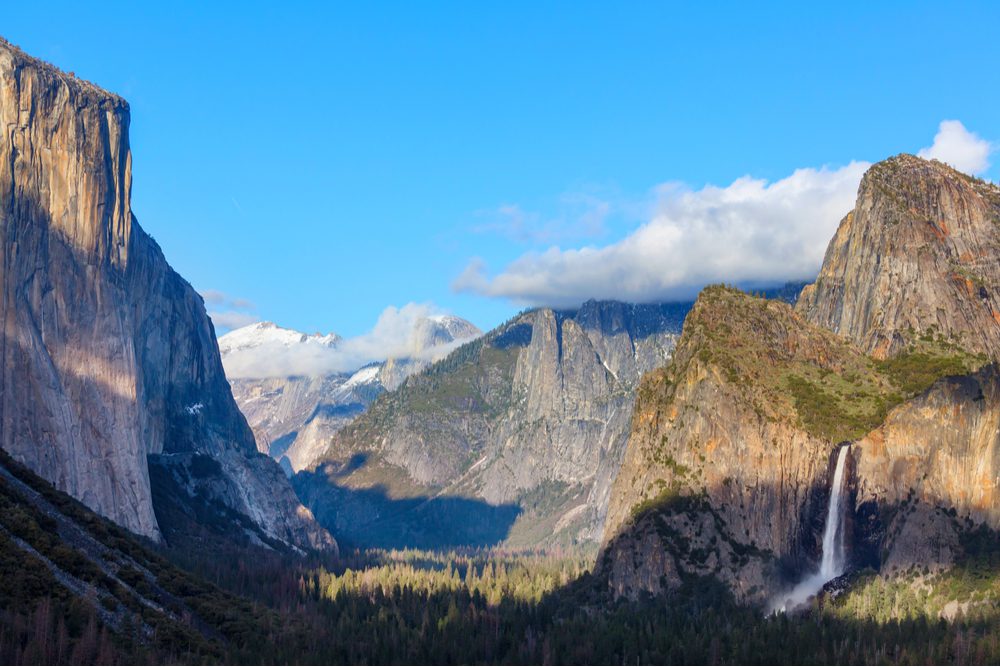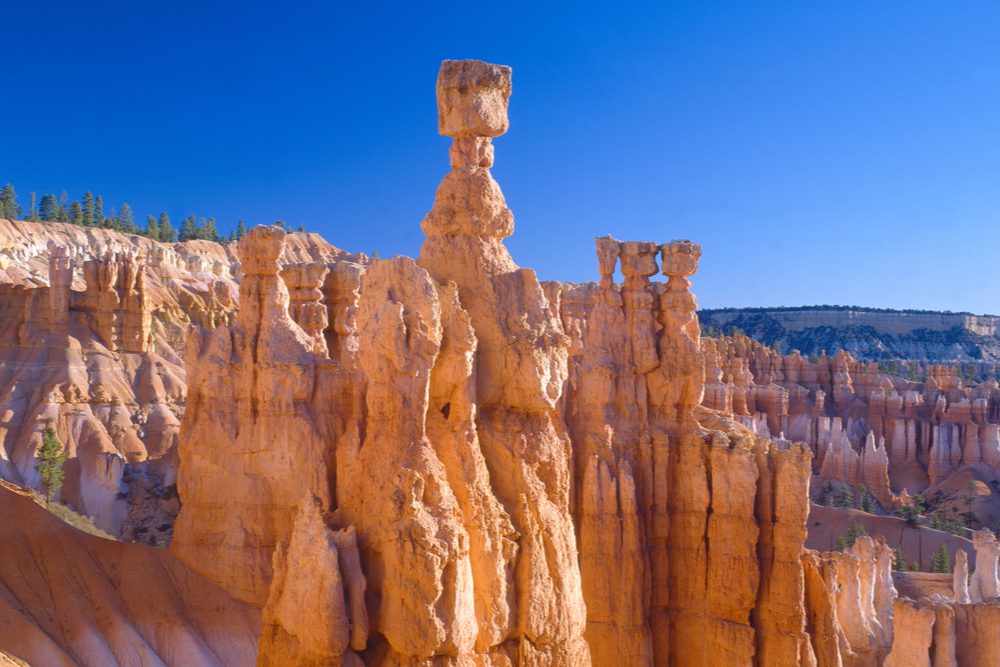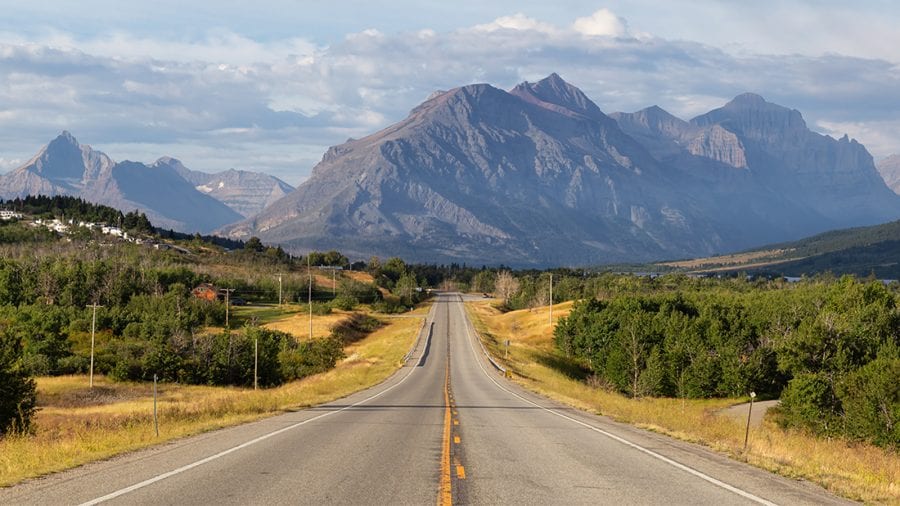
Here are some quick facts about Rocky Mountain National Park.
- Established : 1914
- Land Size : 265,807 acres
- Annual Visitors : 4.6 million
- State : Colorado
- Entrance Fees : $15 per person, $25 per vehicle
More Reading :
Page Contents
Where is Rocky Mountain National Park?
Rocky Mountain National Park is located in north-central Colorado, about 65 miles northwest of Denver.
The park is situated just 5 miles from Estes Park, 45 miles from Fort Collins and 135 miles from Colorado Springs to the east. It is also 95 miles from Steamboat Springs, 160 miles from Aspen, and 210 miles from Grand Junction to the west.
What is the Rockies famous for?
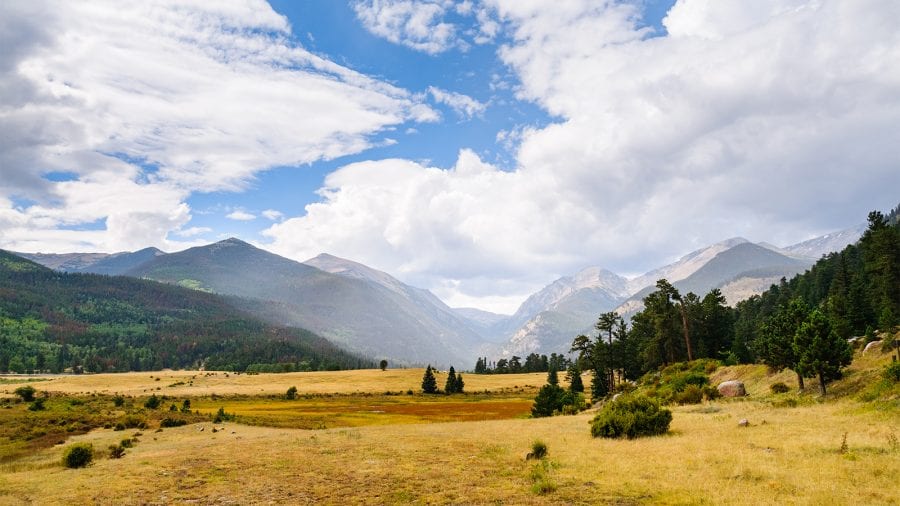
Rocky Mountain National Park is famous for its sweeping vistas of its namesake range, the Rocky Mountains.
It is home to some of the most beautiful alpine ecosystems in the southern Rockies, much of which are located along the Continental Divide. The park is a UNESCO international biosphere reserve, which indicates its importance as a hub for animal and plant diversity.
Moreover, Rocky Mountain National Park has a rich cultural history dating back millennia as it is considered the ancestral homelands of the Arapahoe, Ute, and Cheyenne, among others. The park contains a range of artifacts and archaeological sites that attest to this lengthy heritage.
What is the best month to visit the Rockies?
The best month to visit Rocky Mountain National Park is in August.
During August, the park’s weather is generally warm and sunny, which makes for great hiking conditions. The trails and roads in the park are almost always snow-free by August, providing you with plenty of choices for adventure.
Keep in mind, however, that June through August is by and large the most popular time of year to visit Rocky Mountain. So, be sure to book your campsites well ahead of time to avoid disappointment.
Also, late afternoon thunderstorms are very common in the park during the summer months, so be sure to bring your rain jacket and rain pants on every hike!
What to do in the Rockies?
How many days do I need in the Rockies?
With hundreds of miles of hiking trails, and plenty of scenic vistas to take in, there’s plenty to see and do in Rocky Mountain National Park.
If you’re planning your trip to the park, here’s some general guidance on how many days you’ll need to make the most of your time.
3 days (short trip)
For a short trip into Rocky Mountain National Park, 3 days is a perfect amount of time. A long weekend provides enough time to drive Trail Ridge Road and stop by Emerald Lake on the west side of the park.
If you’re camping in one of the park’s campgrounds, you’ll also be able to access other scenic drives, such as Old Fall River Road, which takes you to Chasm Falls and the Alpine Visitor Center. You’ll also have time to go on a long day hike into Chasm Lake, Sky Pond, or even Mount Ida.
7 days (long trip)
If you’re looking to see as much of Rocky Mountain National Park as you can, a 7 day trip is ideal. With a week in the park, you can spend the first few days exploring the frontcountry by doing scenic drives and short day hikes.
Then, with the remaining days in your trip, a backpacking trip into the Rocky Mountain Alpine is the perfect icing on top of the cake. There are dozens of great options to choose from, though the Boulder Brook Loop Trail, the Tonahutu Creek Loop Trail, and the North Inlet Trail are all fantastic choices for getting off the beaten path in the park.
How to get to the Rockies?
Despite its high-elevation location, Rocky Mountain National Park is quite accessible. Here are some of your best transportation options to and from the park.
Flights
- Denver International Airport (DEN). By far the largest airport in the state, Denver International is a 1.5 hour drive to the east of the park. It offers non-stop service to over 200 destinations around the world on most major international air carriers and all US-based airlines.
- Colorado Springs Municipal Airport (COS). The second largest airport in Colorado, Colorado Springs Municipal is 3 hours to the southeast of Rocky Mountain. From Colorado Spring, you can fly to major US cities, such as Houston, Dallas/Fort Worth, Atlanta, Chicago, and Las Vegas on United, Frontier, American, and Delta.
- Aspen/Pitkin County Airport (ASE). Located 3.5 hours to the southwest of Rocky Mountain, Aspen’s airport offers year-round service to Dallas and Denver, as well as wintertime flights to other major cities in the country on American, Delta, and United.
- Grand Junction Regional Airport (GJT). Grand Junction Regional Airport is located 4 hours to the west of Rocky Mountain. It is the third largest airport in the state and it offers connections to Las Vegas, Phoenix, Los Angeles, Salt Lake City, Dallas, Chicago, and Denver, on United, Delta, American, and Allegiant.
Drive
US Highway 36. From Denver or Boulder, Rocky Mountain National Park is a 1.5 and 1 hour long drive, respectively, on US Highway 36.
US Highway 34. The park is just over 1 hour away from Fort Collins to the northeast on US Highway 34.
US Highway 40 & 34. To get from Steamboat Springs to Rocky Mountain, it’s about a 2 hour drive on US Highways 40 and 34.
I-70, US Highway 34 & 40. The city of Grand Junction is approximately 4 hours away from the park on I-70 and US Highways 34 and 40.
NOTE: Driving to Rocky Mountain National Park, particularly on US Highway 34, in the winter is challenging. Heavy snow and low visibility can make driving dangerous during the winter months. Colorado has strict traction and tire chain laws for winter driving, so be sure to check the forecast before heading into the park.
Public transport
While there is no public transportation available to Rocky Mountain from the Denver Metro Area, it is possible to get into the park without a car. Here are your options.
- Airport Shuttle To Estes Park. The Estes Park Shuttle offers daily commercial transportation services from Denver International Airport or the city’s Amtrak and Greyhound Stations to Estes Park with multiple departures every day. However, reservations must be made in advance.
- Estes Park To Rocky Mountain National Park. Once you’re in the town of Estes Park, you can take the free municipal shuttle system which also connects with the Rocky Mountain National Park shuttle to bring you to popular locales in the park.
What to see in the Rockies?
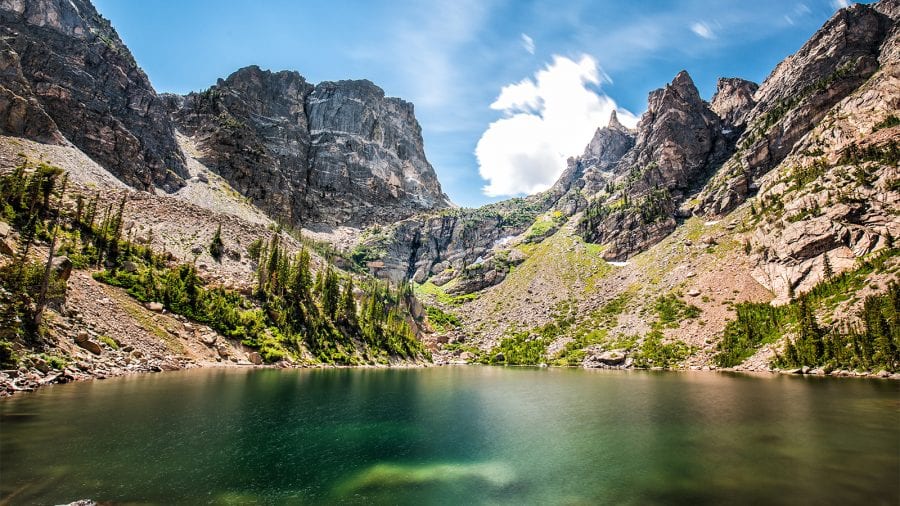
Trail Ridge Road
Connecting Estes Park to Grand Lake, the 48 mile long Trail Ridge Road is a truly magnificent scenic drive through the Rocky Mountain National Park Alpine.
Even if you only have a short amount of time in the park, a drive on this road should be at the top of any to-do list as it provides an excellent chance to see wildlife, wildflowers, and all the beauty that Rocky Mountain has to offer.
Chasm Falls
If you love dramatic cascades, then Chasm Falls is a must-see. This beautiful waterfall is located just a short hike from the road near the Fall River Visitors Center, which makes it a great option for a quick morning or afternoon jaunt with the whole family.
Emerald Lake
Aptly named, the glistening emerald-green waters of Emerald Lake are a popular, can’t-miss hiking destination in Rocky Mountain National Park.
You can get to the lake via a short trail from Bear Lake Road. Once you’re there, it’s the perfect place for a swim, so be sure to pack your hiking sandals and a towel.
Alpine Visitor Center
Situated at a cool 11,796’ in elevation, the Alpine Visitor Center is the highest vistor’s center in a US National Park. While the visitor’s center is only open during the spring, summer, and fall, it offers an awesome deck with expansive views of the surrounding area, including the Continental Divide.
From the visitor’s center, you can hike the Alpine Ridge Trail and the Ute Trail, or you can just enjoy refreshments from the café.
Longs Peak & Chasm Lake
Starting out from the Longs Peak Trailhead, the hike into Chasm Lake is a must-do for anyone looking for a bit of an adventure.
The trail offers spectacular alpine meadows, plenty of camping opportunities, and a pristine alpine lake that sits just at the base of the massive 2,400’ east face of Longs Peak, known as the Diamond.
Just don’t forget your trekking poles and a good pair of hiking boots for this trek.
Read More : Best Hikes in Rocky Mountain National Park
Gaby Pilson
Gaby is a professional mountain guide with a master’s degree in outdoor education. She works primarily in the polar regions as an expedition guide, though she can be found hiking, climbing, skiing, sailing, or paddling in some of the world’s most amazing places when not at work.
